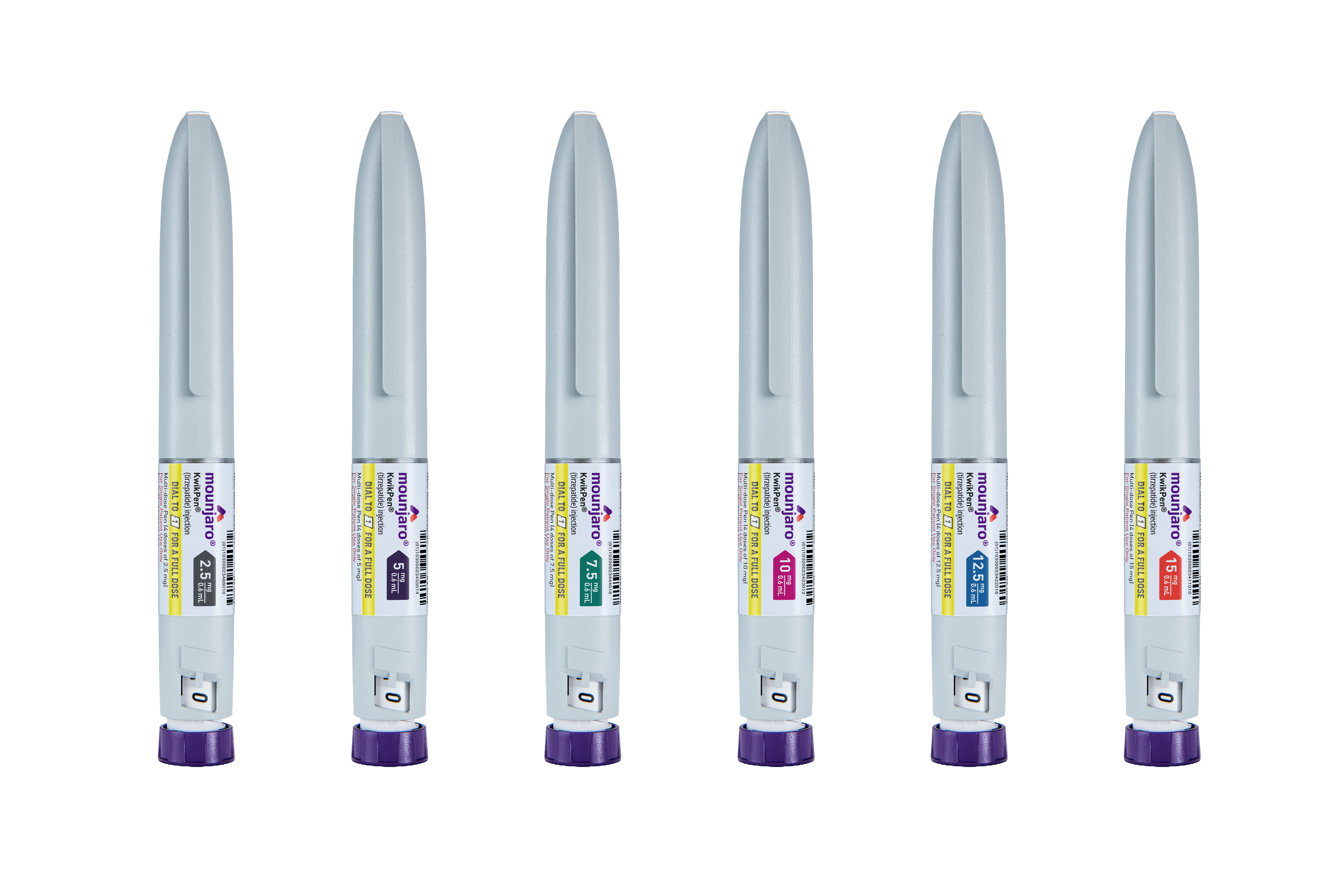Description
How should I take Farxiga?
buy farxiga online should be taken exactly as prescribed by your doctor. Follow all directions on your prescription label and read all medication guides or instruction sheets. Your doctor may occasionally change your dose.
- You may take Farxiga with or without food.
- Your treatment may also include diet, exercise, weight control, and special medical care.
Your blood sugar will need to be checked often, and you may also need to test the level of ketones in your urine. Dapagliflozin can cause life-threatening ketoacidosis (too much acid in the blood). Even if your blood sugar is normal, contact your doctor if a urine test shows that you have high ketones in the urine.
Blood sugar levels can be affected by stress, illness, surgery, exercise, alcohol use, or skipping meals. Low blood sugar (hypoglycemia) can make you feel very hungry, dizzy, irritable, or shaky. To quickly treat hypoglycemia, eat or drink hard candy, crackers, raisins, fruit juice, or non-diet soda. Your doctor may prescribe glucagon injections in case of severe hypoglycemia.
You may get dehydrated during prolonged illness. Call your doctor if you are sick with vomiting or diarrhea, or if you eat or drink less than usual.
Before taking this medicine
You should not use Farxiga if you are allergic to dapagliflozin, or if you have:
- severe kidney disease (or if you are on dialysis) or
- diabetic ketoacidosis (call your doctor for treatment).
To make sure Farxiga is safe for you, tell your doctor if you have ever had:
- polycystic kidney disease
- liver disease
- bladder infections or other urination problems
- problems with your pancreas, including surgery
- alcoholism, or if you currently drink large amounts of alcohol or
- if you are on a low-salt diet.
Farxiga is not recommended during the second or third trimester of pregnancy. Follow your doctor’s instructions about using Farxiga if you are pregnant or you become pregnant. Controlling diabetes is very important during pregnancy.
Farxiga is not recommended during breastfeeding because of the risk of serious adverse reactions in the breastfed infant.
Farxiga dosing information
Patients should be well hydrated before initiating therapy.
Usual Adult Dose for Diabetes Type 2 to improve blood sugar control
- Initial dose: 5mg once daily
- May increase to 10 mg orally once a day for additional glycemic control if a lower dose has been tolerated
- Maximum dose: 10 mg/day
Usual Adult dose for other indications
- Initial and maintenance dose: 10 mg orally once a day
- Maximum dose: 10 mg/day
What are the side effects of Farxiga?
Get emergency medical help if you have signs of an allergic reaction to Farxiga such as hives; difficulty breathing; and swelling of your face, lips, tongue, or throat.
Seek medical attention right away if you have signs of a genital infection (penis or vagina) such as burning, itching, odor, discharge, pain, tenderness, redness or swelling of the genital or rectal area, fever, or not feeling well. These symptoms may get worse quickly.
Call your doctor at once if you have:
- Dehydration – dizziness, confusion, feeling very thirsty, less urination
- Kidney problems – little or no urination, swelling in your feet or ankles, feeling tired or short of breath
- Ketoacidosis (too much acid in the blood) – nausea, vomiting, stomach pain, confusion, unusual drowsiness, or trouble breathing or
- Signs of a bladder infection–pain or burning when you urinate, increased urination, blood in your urine, fever, pain in your pelvis or back.
Some side effects may be more likely to occur in older adults.
Common Farxiga side effects occurring with a 5% or greater incidence include:
- Female genital yeast infections
- Urinary tract infections
- Nasopharyngitis (runny or stuffy nose).
This is not a complete list of side effects and others may occur. Call your doctor for medical advice about side effects. You may report side effects to the FDA at 1-800-FDA-1088.
What other drugs will affect Farxiga?
Other drugs may increase or decrease the effects of Farxiga on lowering your blood sugar. Tell your doctor about all your current medicines and any you start or stop using, especially:
- Insulin or other oral diabetes medicines
- A diuretic or “water pill” or
- Lithium.
Farxiga will increase urinary glucose excretion and will lead to positive urine glucose tests. Use alternative ways to monitor glycemic control. It also interferes with 1,5-anhydroglucitol (1,5-AG) Assay.
This list is not complete. Other drugs may interact with dapagliflozin, including prescription and over-the-counter medicines, vitamins, and herbal products. Not all possible drug interactions are listed here.










Reviews
There are no reviews yet.